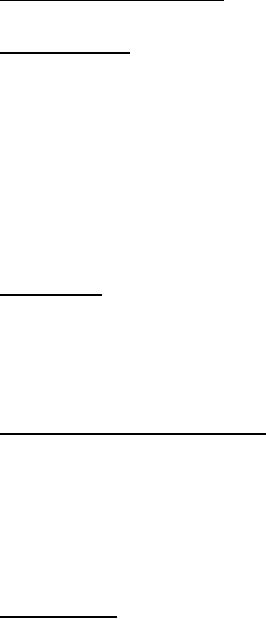
MIL-HDBK-1390
Development of LORA requirements. The key to a productive and cost effective LORA effort is the
4.3
concentration of available resources for activities which will most benefit the overall program.
4.3.1 General requirements. The basic objectives of the LORA program are to analyze maintenance support
alternatives based on economic and noneconomic factors relating to the system/equipment and use the results of the
analysis to influence the design and assist in the maintenance planning process which will achieve the most effective
maintenance support structure. The analyses are iterated and refined as the system/equipment progresses through
the various stages of the life cycle. Development of a LORA strategy involves the identification of a LORA
candidate list based on the technical data package (i.e., engineering drawings, modeling data, specifications, product
definition data, performance requirements, consideration of data rights) and the identification of several alternative
maintenance support concepts for those candidate items. This will provide the foundation for researching and
analyzing the data in order to recommended maintenance approach. There is a considerable amount of data and
variables involved when developing a LORA strategy and, therefore, tailoring of the LORA activities should be
considered. Significant effects on these variables should be addressed in the tailoring process. The LORA activities
should be tailored and scheduled to meet the all project decision milestones. The guidance included in Paragraph
5.7 of this handbook is designed to assist in tailoring the LORA process.
4.3.2 Type of program. The type of acquisition program can impact objectives and the degree of the LORA
effort. For example, major modifications may require a new approach to some of the LORA already conducted or it
may require a re-initiation of the LORA; a minor materiel change might focus on support risks associated with the
changed part of the system/equipment and opportunities for improvement on the total system/equipment through
improvements in supportability characteristics; and in a Product Improvement Program (PIP), a LORA could be
performed to determine how the product improvement will affect the maintenance requirements for that
system/equipment.
LORA activity data and documentation data. The data and documentation resulting from the LORA
4.4
activities contained in this handbook serve the following purposes:
a.
Provide an audit trail of analyses performed, assumptions, and decisions made affecting the supportability
of a system/equipment.
b.
Provide analysis results for input to follow-on analysis tasks later in the product life cycle.
c.
Provide input into materiel acquisition program documents.
d.
Help prevent duplication of analyses.
e.
Provide valid data for use on future acquisition programs.
4.4.1 Performing activity. The individual analysis activities conducted as part of a system/equipment's
LORA program may be performed in three ways. The method is chosen at the discretion of the requiring authority.
Whatever method chosen, documentation of the LORA activities should be developed to the degree which will
allow another entity to use the results as input to perform other LORA activities, or as input to conduct the same
activities to a more detailed level in a later acquisition phase. When certain activities are performed by the requiring
authority and others are performed by the performing activity, procedures should be established to provide for the
data interchange between these performing activities. Therefore, activities performed by the requiring authority
should be documented equivalently to the applicable Data Item Description (DID) requirements to ensure
compatibility of the documentation.
a.
The first method is when the performing activity is contractually responsible for the complete LORA
program. This includes input data compilation, evaluation performance, and LORA report preparation.
b.
The second method involves a joint effort between the requiring authority and performing activity. In this
method, the performing activity is responsible for gathering and providing the input data in the form of a
LORA input data report (Activity 4.3). This is then used by the requiring authority to conduct LORA
evaluations and prepare the LORA report.
c.
The third method is when the requiring authority is solely responsible for performing the complete LORA
program.
7
For Parts Inquires call Parts Hangar, Inc (727) 493-0744
© Copyright 2015 Integrated Publishing, Inc.
A Service Disabled Veteran Owned Small Business